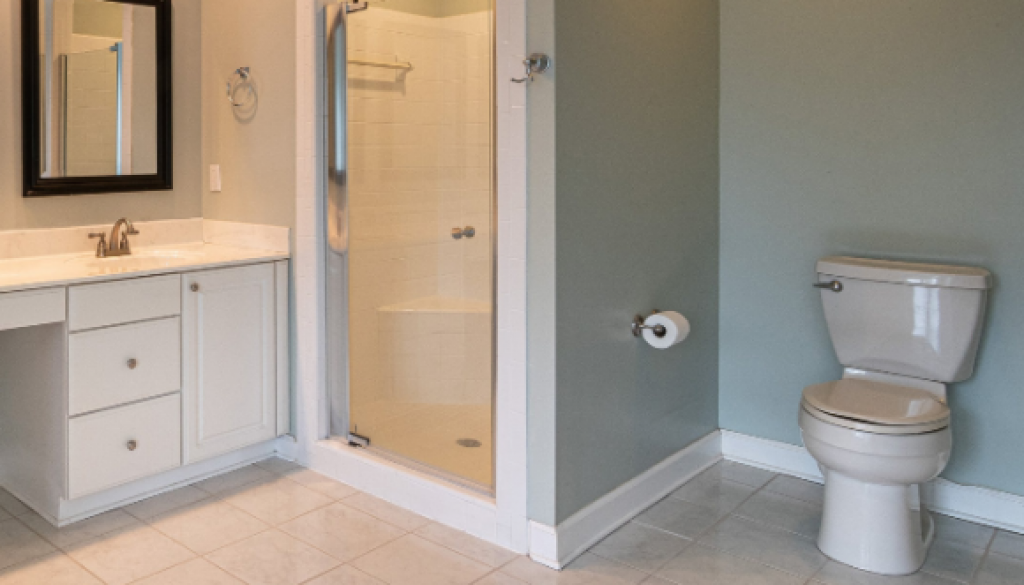Jiggle The Handle
You’ve probably experienced this situation — you flush a toilet, but it won’t stop running because the flapper valve isn’t adjusted properly to form a good seal, allowing water to continually leak out of the tank, and therefore the tank continually attempts to fill itself.
So, you stop the toilet from running by “jiggling the handle” which lifts the chain enough to help the flapper find a better seal (hopefully) and stop the tank from filling. That is, until the next time someone flushes the toilet. This issue usually means the flapper has worn out and needs replaced, and the leaking will continue to get worse over time as the flapper deteriorates, and the handle will require ever more jiggling to make the running stop. Jiggling the handle is a temporary solution that appears to work and puts off actually fixing the actual cause of the problem itself.
This week I had to call the property manager for my condo and make a request to have their maintenance team take a look at my garage door (it’s too long of a story to go into here… and I’m saving it for my stand-up comedy routine), but let’s just say that after multiple calls to the management company and two trips out by the maintenance guy, the problem still exists. Their solution to the problem (relayed to me via email) was to basically “jiggle the handle”.
Jiggling the handle is a temporary work-around — not a long-term solution.
Jiggling the handle is “good enough” to help a client in the very short term (like, if your car is stuck inside of a garage), but it is not a substitute for a resolution to the primary cause of the problem.
When a customer calls you with a complaint and raises a flap, are you doing the real work required to seal the deal and earn their loyalty, or are you telling them to just jiggle the handle and flushing away business by allowing them to run over to your competition?
.



